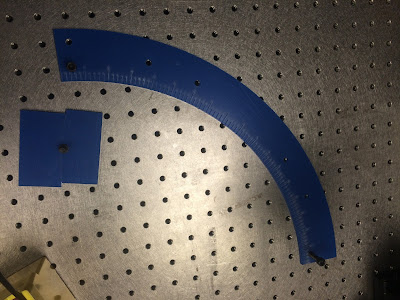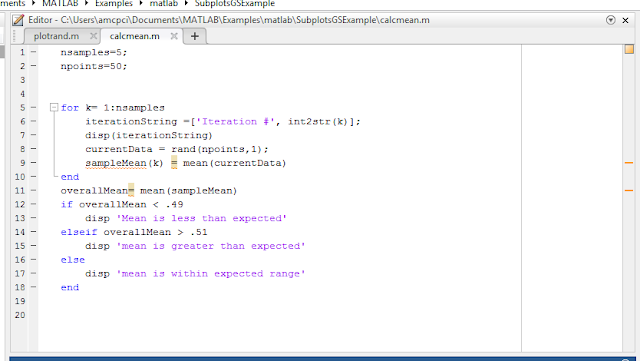Eighteenth Day
Today, Peter and I made a few adjustments to our setup while waiting for our part. During the morning, we went to a PhD dissertation about measuring supermassive black holes, which was very interesting. After the dissertation, we started working on our camera. First we moved our track and light source, and then focused the camera. Then, we took some pictures, but realized that our light source wasn't bright enough, so we borrowed Tristan's light source, which is way more intense. We then solidified the base of our camera by using a post to hold up the lens. After lunch, we took some pictures of skin and looked at the various measurements our computer program provides, including degree of linear polarization (DOLP), angle of linear polarization (AOLP), and birefringence. We also went to the Machine shop to see if they could shear some LEXAN that Tristan needs for the clean room, but LEXAN of our size of 1/4" thick would crack in the shearing process, so they recommended ...




